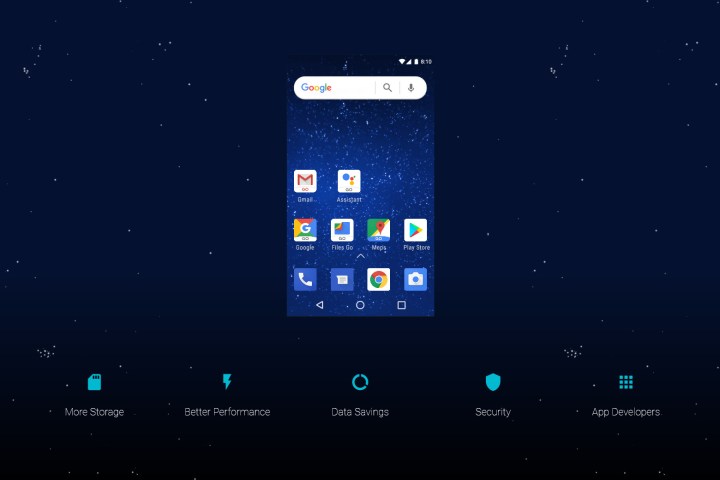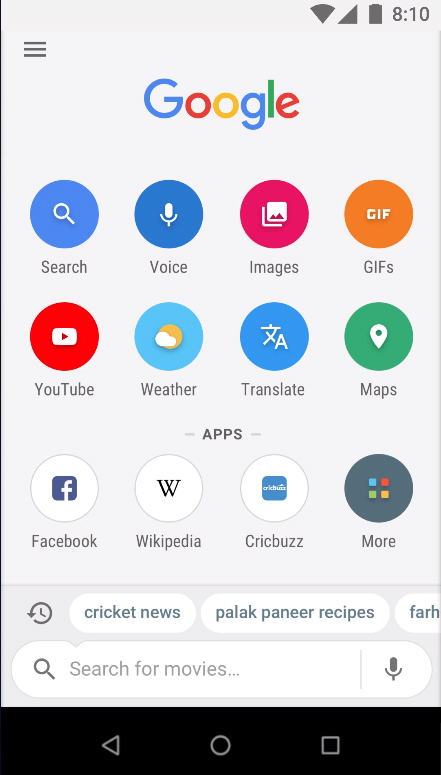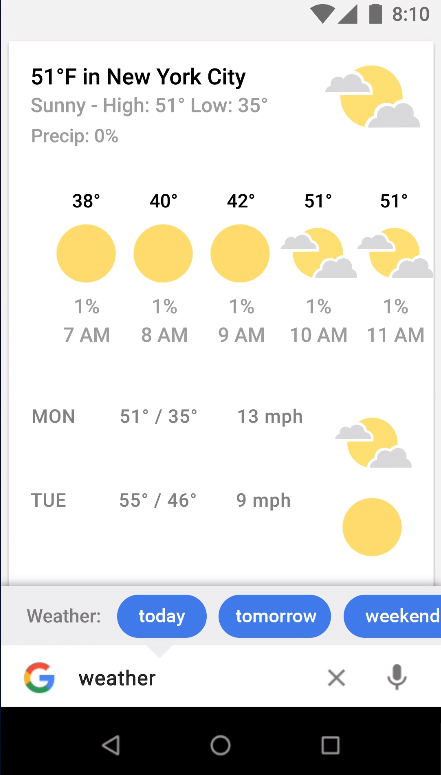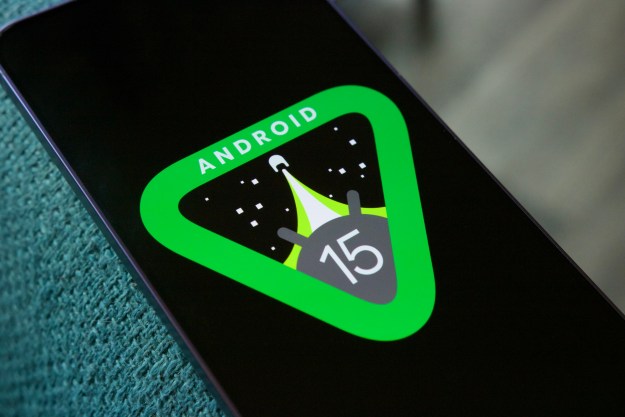
Essentially a pared-down version of Android, Android Go focuses on a few specific areas that allows it to run smoothly on low-powered, entry-level smartphones. First off is the massive decrease in operating system (OS) size. As Android has matured and phones’ storage spaces have increased, the amount of space the operating system eats up has grown. Since entry-level phones are less likely to have room to spare, the less space the OS takes, the more people have left for their pictures and videos.

Google’s companion apps have also been downsized. Each Android Go phone will come with “Go” versions of the usual pre-installed Google apps; Google Maps, YouTube, Google Assistant, and Gmail all have “Go” versions that take up less space, require fewer resources to run, and run faster than their usual versions. The company said most “Go” apps run an average of 15 percent faster than the normal versions.
Google and MediaTek have also announced that they have been working closely to ensure that Android Go is optimized to work perfectly with Mediatek processors, which provide the brains for a large amount of lower-end phones on the marketplace, including models from Oppo, Sony, Xiaomi, and even Samsung. The announcement confirms that the MediaTek’s MT6739, MT6737, and MT6580 processors, among others, are already configured with support packages for
Also included in Android Go is Google’s Data Saver mode from its Chrome browser. Mobile data can cost quite a pretty penny in developing markets, and a megabyte saved is a megabyte earned. This is why Google worked hard to reduce the amount of data used by
A new app called Files Go, which is available on the Play Store for all Android phones, also will help clean up space on your phone.
In Android Go, the Google Play Store offers a streamlined experience, showcasing Go-optimized apps that won’t impact storage space or run slowly, and phones are also protected with Google’s Play Protect, which is now a standard security feature in all
Android Go is now available for manufacturers, alongside the new version of
Editors' Recommendations
- Android phones are about to get a major iMessage feature
- The Google Pixel 8a is the Pixel phone I’ve been waiting for
- The Google Pixel 8a is official. Here’s everything that’s new
- The Google Pixel 8a price just leaked. Here’s how much it’ll cost
- A new Google Pixel Tablet is coming, but it’s not what you think






